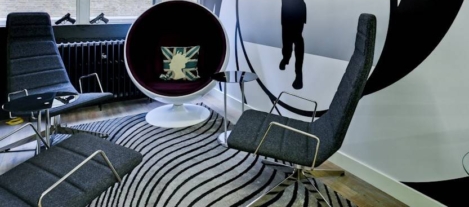January 30, 2016
Coworking goes mainstream + Sit stand working + Future for tech offices 0
 In this week’s Insight newsletter; Mark Eltringham analyses the impact of the sit-stand movement and suggests that the I-phone is a very isolating piece of equipment; Georgi Georgiev says remote work is no longer just a freelancer’s game; and Paul Goodchild explains why co-working is shaping office design more than you’d imagine. A new report outlines the key future property trends for TMT workplaces; parents are at greater risk of burn out as they strive for work life balance; fewer than one in ten (8 percent) of UK organisations currently have a standalone wellbeing strategy; the positive benefits of active work are revealed and the UK’s CEO’s worries about cyber-risks. Download the latest issue of Work&Place and access an Insight Briefing produced in partnership with Connection, which looks at agile working in the public sector. Visit our new events page, follow us on Twitter and join our LinkedIn Group to discuss these and other stories.
In this week’s Insight newsletter; Mark Eltringham analyses the impact of the sit-stand movement and suggests that the I-phone is a very isolating piece of equipment; Georgi Georgiev says remote work is no longer just a freelancer’s game; and Paul Goodchild explains why co-working is shaping office design more than you’d imagine. A new report outlines the key future property trends for TMT workplaces; parents are at greater risk of burn out as they strive for work life balance; fewer than one in ten (8 percent) of UK organisations currently have a standalone wellbeing strategy; the positive benefits of active work are revealed and the UK’s CEO’s worries about cyber-risks. Download the latest issue of Work&Place and access an Insight Briefing produced in partnership with Connection, which looks at agile working in the public sector. Visit our new events page, follow us on Twitter and join our LinkedIn Group to discuss these and other stories.

































January 29, 2016
Delivering the low-down on the sit-stand workstation phenomenon 0
by Ashley Hayward • Comment, Furniture, Wellbeing, Workplace design
(more…)